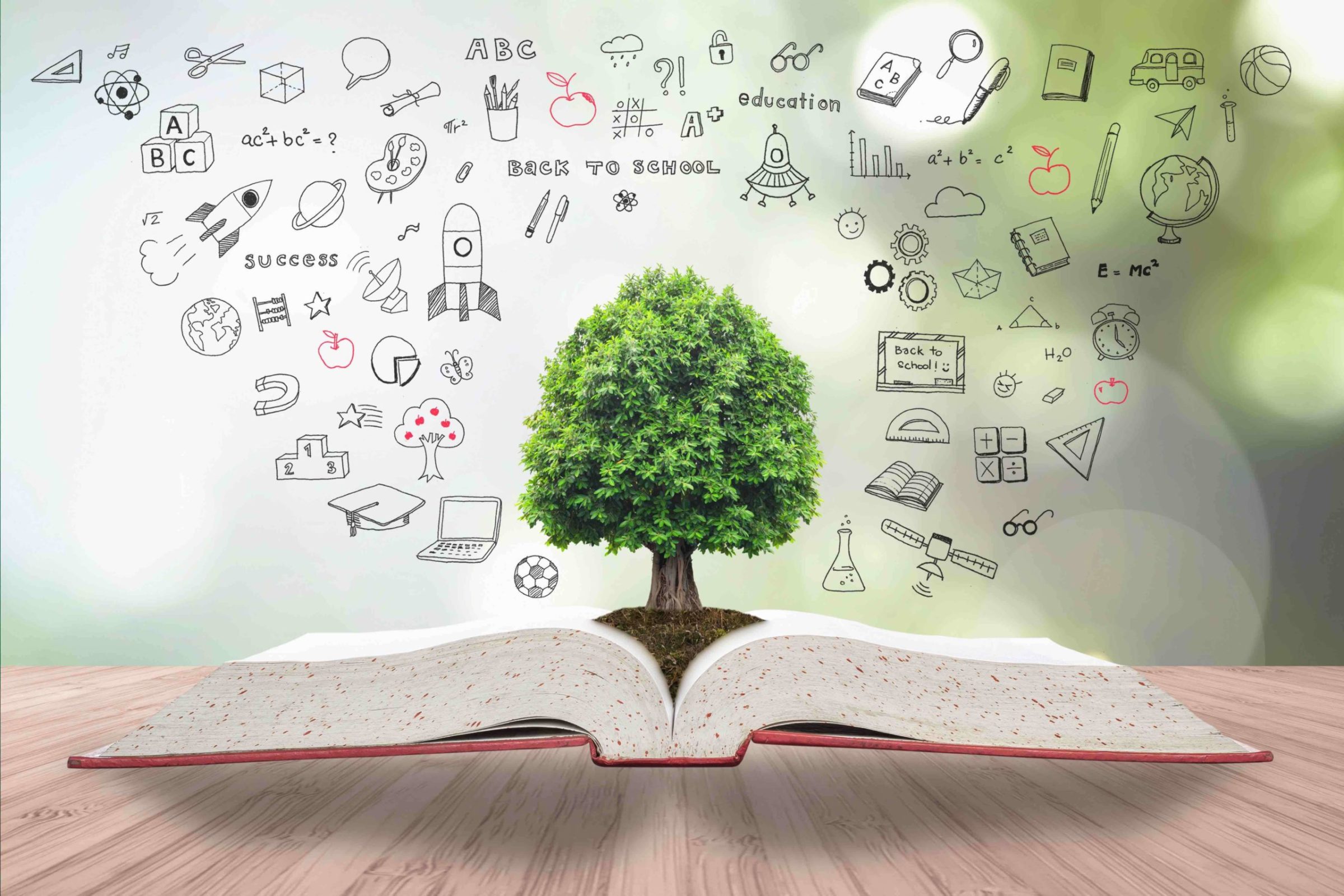In today’s interconnected globe, trainee communities play a critical function in shaping scholastic and What situation is described as having the element of predictable certainty, and what situation is characterized as chaotic and uncertain? Additionally, what common factor is highlighted in both scenarios personal experiences.

These communities are not just collections of people yet are dynamic environments that foster growth, learning, and collaboration among students. They vary extensively in kind and function, from campus-based groups to worldwide on the internet discussion forums, each offering special chances for engagement and advancement.
Whether you are stepping onto a college university for the first time or engaging in digital knowing environments, understanding the framework and benefits of trainee neighborhoods can substantially improve your instructional trip. This short article looks into the essence of trainee areas, exploring exactly how they work, the benefits they provide, and the methods which they can be leveraged for personal and scholastic success.
Comprehending Trainee Communities
Student areas are fundamental to the scholastic experience, acting as both social and educational support systems. At their core, these areas are teams created normally by trainees who share typical rate of interests, goals, or fields. They can be casual, such as study groups, or official, like student unions and clubs.
These areas are characterized by a shared identity and the cumulative search of understanding, skills, and experiences. They function as platforms for students to attach, work together, and contribute to each various other’s development, extending past academic limits to influence individual growth and neighborhood engagement.
Fundamentally, trainee areas are microcosms of larger social structures, where management skills are developed, concepts are exchanged, and long-lasting friendships are formed. The communications within these communities show a diverse mix of social, intellectual, and social characteristics.
- Networking Opportunities: Student neighborhoods provide a network of peers and coaches who can supply support and advice.
- Skill Advancement: Taking part in community tasks helps pupils create crucial abilities such as interaction, management, and teamwork.
- Resource Gain access to: These neighborhoods typically supply access to scholastic resources, consisting of study products and professional guidance.
- Social Involvement: They offer a platform for social communication, reducing the transition into new academic environments and aiding to deal with isolation.
Through these numerous functions, pupil areas end up being important to the alternative development of students, laying a structure for future professional and personal success.
The Advantages of Taking Part In Pupil Neighborhoods
The advantages of joining pupil communities are multifaceted, influencing both academic and personal rounds.

On a scholastic level, these communities encourage collective understanding, allowing students to take advantage of varied perspectives and knowledge. Sharing understanding and sources within an area can bring about extra efficient discovering results and enhanced academic performance.
Additionally, pupil communities use a platform for individual growth and self-discovery. By engaging with peers from various histories and techniques, students acquire a more comprehensive worldview, enhancing their cultural proficiency and empathy. This direct exposure to diverse viewpoints is invaluable in creating crucial thinking and problem-solving skills.
Additionally, energetic involvement in community activities can increase pupils’ confidence and self-esteem. Handling leadership duties or participating in conversations and events promotes a sense of achievement and belonging, which is important for general health and inspiration.
Kinds Of Student Neighborhoods
Pupil communities come in different forms, each dealing with various passions and objectives. These can be generally classified into scholastic, social, entertainment, and specialist neighborhoods, to name a few. Each kind provides unique systems and possibilities for pupil interaction.
- Academic Communities: These are generally focused around university and school q&a certain fields or academic interests. Examples include study hall, honors societies, and departmental clubs.
- Social Areas: These groups concentrate on advertising social understanding and variety, commonly organizing occasions and tasks to commemorate different customs.
- Recreational Areas: These include sports teams, recreational clubs, and hobby-based groups that give a break from scholastic rigors and advertise physical and mental health.
- Specialist Neighborhoods: These are focused on job advancement, using networking opportunities, workshops, and mentorship programs to prepare trainees for the expert globe.
By determining and engaging with the best communities, students can tailor their college experiences to straighten with their passions and career aspirations, paving the way for a fulfilling academic journey.
Building a Thriving Student Community
Creating and keeping a prospering pupil community calls for effort and cooperation from both pupils and universities. It begins with promoting a comprehensive atmosphere where all students really feel welcomed and valued no matter their histories.
Institutions can sustain this by supplying resources and facilities that urge interaction and involvement. This includes producing physical areas like student unions and on the internet platforms that assist in communication and cooperation. In addition, organizing events, workshops, and seminars can further improve interaction, supplying trainees with possibilities to connect and gain from each other.
Leadership and Student Involvement
Effective leadership is essential in supporting an effective trainee area. Management roles within these communities offer trainees a chance to create and demonstrate their organizational and interpersonal skills. Pupils that presume these functions contribute considerably to setting the tone and instructions of their neighborhoods, influencing their peers favorably.
Encouraging leadership and active participation amongst students not just strengthens the area but also equips individuals, preparing them for future challenges. By cultivating a culture of cooperation and support, pupil neighborhoods can thrive, leaving a long lasting effect on their participants and the academic setting all at once.








